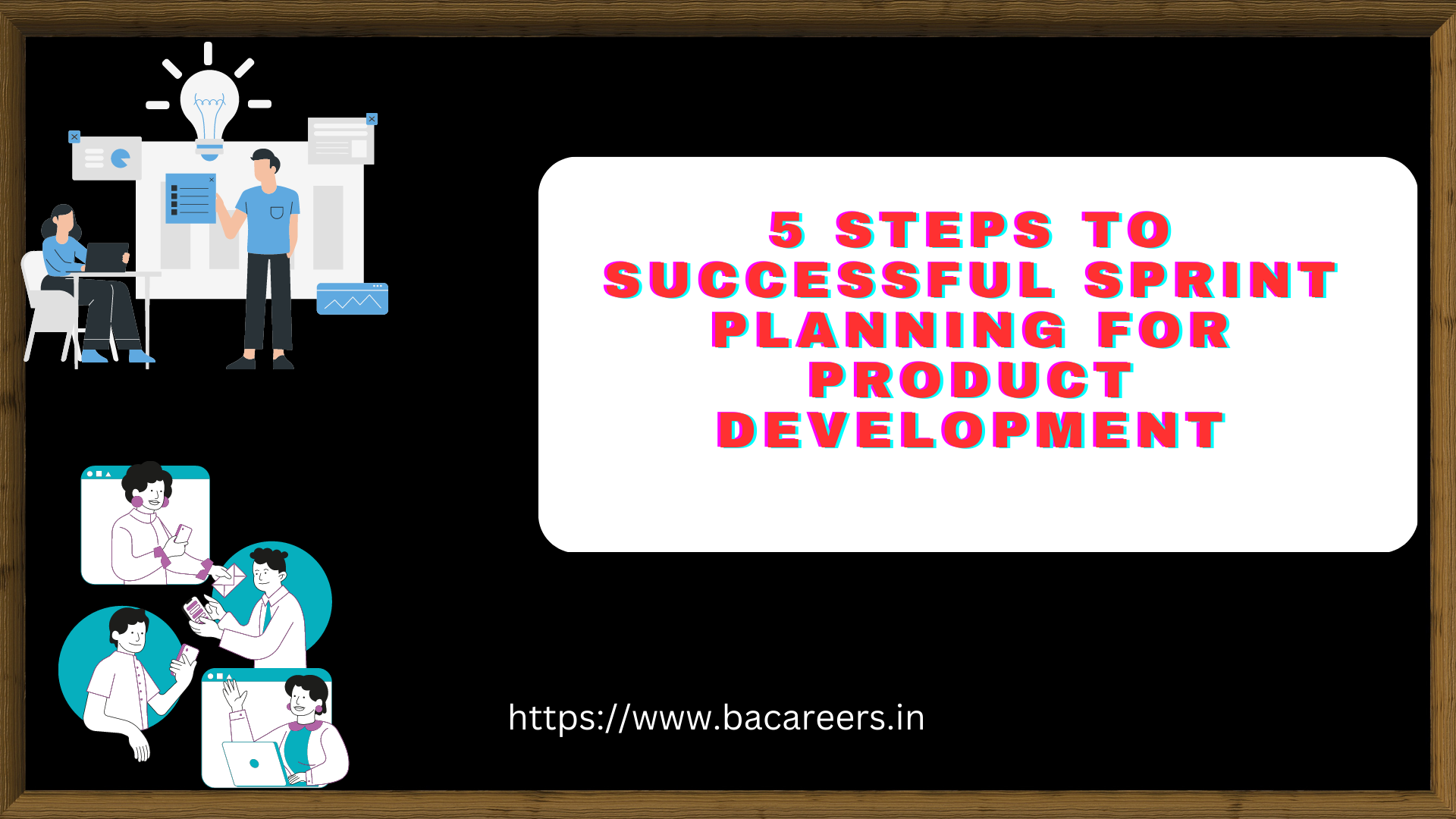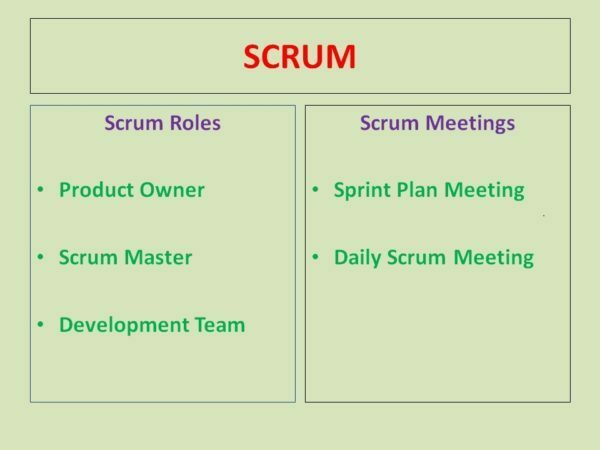Sprint planning meetings are a crucial part of the agile development process. These meetings help teams set goals, prioritize tasks, and plan for the upcoming sprint. However, without proper planning and execution, these meetings can quickly become unproductive and frustrating. Here are five tips to help you run a successful sprint planning meeting and keep your team on track.

Set clear goals and objectives.
Before your sprint planning meeting, make sure you have clear goals and objectives for the upcoming sprint. This will help your team stay focused and aligned throughout the meeting. Make sure everyone understands the goals and objectives and how they relate to the overall project. This will help ensure that everyone is on the same page and working towards the same goals.
Prioritize tasks and assign responsibilities.
During your sprint planning meeting, it’s important to prioritize tasks and assign responsibilities to team members. This will help ensure that everyone knows what they need to do and when they need to do it. Use a task prioritization matrix to help you determine which tasks are most important and which ones can wait. Assign tasks based on each team member’s strengths and expertise, and make sure everyone understands their role in the sprint. This will help ensure that everyone is working towards the same goals and that the sprint is completed on time and within budget.
Estimate time and resources needed for each task.
Before assigning tasks to team members during your sprint planning meeting, it’s important to estimate the time and resources needed for each task. This will help ensure that you have enough time and resources to complete the sprint on time and within budget. Use historical data from previous sprints to help you estimate the time and resources needed for each task. You can also use tools like Trello or Asana to help you track the progress of each task and ensure that everything is on track. By estimating time and resources needed for each task, you can avoid delays and ensure that your sprint planning meeting is a success.
Identify potential roadblocks and plan for contingencies.
It’s important to identify potential roadblocks that could arise during the sprint and plan for contingencies. This could include team members being out sick, unexpected delays, or changes in project requirements. By anticipating these potential roadblocks, you can create a plan to address them before they become major issues. This will help keep your team on track and ensure that you are able to complete the sprint on time and within budget. Make sure to communicate these potential roadblocks and contingency plans to your team during the sprint planning meeting so everyone is aware and prepared.
Review and adjust plans as needed throughout the sprint.
It’s important to remember that sprint planning is not a one-time event. As the sprint progresses, it’s important to review and adjust plans as needed. This could include reprioritizing tasks, reallocating resources, or adjusting timelines. Regular check-ins with your team can help identify any issues early on and allow you to make necessary adjustments to keep the sprint on track. By staying flexible and adaptable, you can ensure that your team is able to deliver high-quality work within the sprint timeframe.
What is a Sprint Planning Meeting?
A Sprint Planning Meeting (SPM) is a meeting that is typically scheduled every two weeks, where all team members can share their progress and status for the next two weeks. This gives the team a quick overview of where they are and what they need to work on next. During this meeting, the team can also review pending tasks and ensure that there are no conflicts or overlaps with other tasks.
Why Have a Sprint Planning Meeting?
One of the main benefits of having a SPM is that it helps to ensure that all tasks are completed on time. By sharing progress and status, the team can identify any problems early on and take appropriate measures. This allows for better coordination and communication between team members, which results in faster and more efficient completion of tasks. Additionally, it helps to keep everyone on track and motivated.
How Do You Hold a Sprint Planning Meeting?
A SPM can be held in different ways, depending on the size and composition of the team. A SPM can be conducted as an online meeting using video conferencing software or by sending offline task management boards to each member. In either case, it is important to have clear instructions and expectations for each participant beforehand.
Tips to conduct sprint planning meeting
1. Decide on the purpose of the meeting
The first step in conducting a sprint planning meeting is to decide the purpose of the meeting. This can range from discussing a new project or product vision to reaffirming team goals and objectives. Defining the purpose will help to set priorities and ensure that all members of the team are aware of what is being discussed.
2. Set a time limit
Once the purpose of the meeting has been decided, it is important to set a time limit for its duration. This will help to keep everyone on track and prevent any prolonged discussion that may end up being irrelevant or unproductive. Setting a deadline ensures that all relevant information is captured and brought to bear on future decisions.
3. Elect a leader
Once the time limit has been set, it is important to elect a leader for the meeting. This person should be able to manage and organize the discussion while keeping things moving forward overall. It is also helpful if this individual has knowledge about relevant topics being discussed so that more in-depth discussions can take place.
who will conduct sprint planning meeting
1. Sprint planning meeting will be led by the CTO
2. The meeting will involve all development and engineering team members
3. The meeting will allow for coordination of development and engineering efforts
4. The goal of the meeting is to ensure that development is on track, and gather feedback from users

Business Analyst , Functional Consultant, Provide Training on Business Analysis and SDLC Methodologies.




